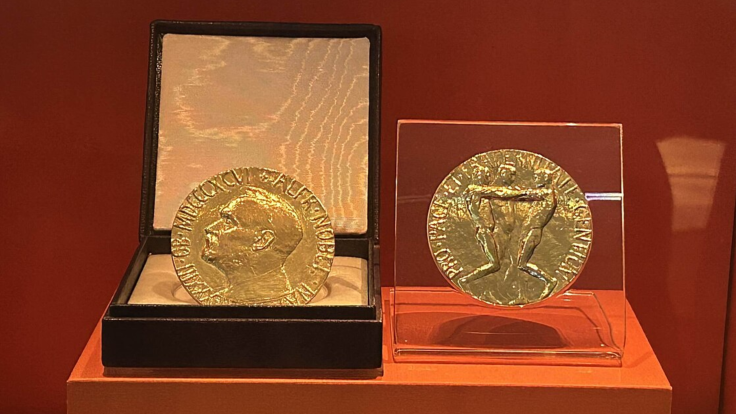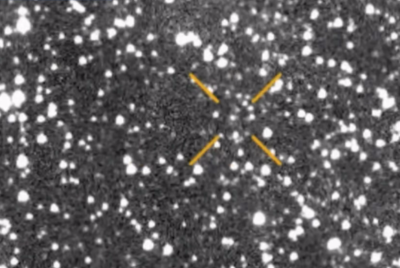What Do Nobel Prize Winners Get? A Medal, a Masterpiece — and Millions
From gold medals to millions: What Nobel laureates actually receive and where the money comes from

The Nobel Prize remains one of the most significant accolades in the world, where recipients walk away with more than just prestige. But what does each winner actually get?
In 2025, each Nobel Prize comes with a gold medal, a diploma featuring original artwork, and a monetary award, an amount drawn from the income of a foundation created through the will of Alfred Nobel.
A Look Into What the Nobel Prize Includes in 2025
Each laureate receives a medal made from 18-carat recycled gold, measuring about 66 mm in diameter and serving as a physical symbol of their achievement. Alongside it, winners receive a diploma written on parchment or handmade paper, featuring unique artwork tailored to the prize category.
The monetary award for 2025 stands at 11 million Swedish kronor, which equates to roughly £870,000. This figure is variable and is reviewed each year by the Nobel Foundation. If a prize is awarded to more than one person, the amount is divided among the recipients.
Where the Prize Money Comes From
The financial component of the Nobel Prize originates from the fortune left by Alfred Nobel, a Swedish industrialist and inventor. In his will, Nobel directed that his estate be used to fund annual prizes for those who contribute significantly to humanity. Today, the prize money is generated from the investments and interest income managed by the Nobel Foundation.
This structure ensures the long-term sustainability of the prize. The value awarded each year may increase or decrease depending on the financial performance of the fund. For 2025, the Foundation set the award at 11 million Swedish kronor.
Nobel Prize Categories and the 2025 Schedule
Six Nobel Prizes are awarded annually: physiology or medicine, physics, chemistry, literature, peace, and economic sciences. Each one recognises work that has had a notable impact in its field. The prizes are announced every October, with laureates travelling to Stockholm or Oslo in December to receive their awards.
In 2025, the announcements began on 6 October and will continue through 13 October. One prize is announced each day, starting with physiology or medicine and ending with the economic sciences. The peace prize, awarded in Oslo, is often the most publicly followed, with previous recipients including Nelson Mandela, Malala Yousafzai and Mother Teresa.
Recent and Notable Winners
This year's Nobel Prize in Physiology or Medicine went to Mary E. Brunkow, Fred Ramsdell and Shimon Sakaguchi for their work in immune tolerance. The physics prize was awarded to John Clarke, Michel Devoret and John Martinis for contributions to quantum mechanics and electric circuits. The remaining categories will be announced over the coming days.
In 2024, the Nobel Peace Prize was awarded to Nihon Hidankyo, a Japanese organisation that has worked for over five decades to eliminate nuclear weapons. Its efforts include lobbying international bodies and collecting testimonies from survivors of the Hiroshima and Nagasaki bombings. Other past laureates include US President Barack Obama, the 14th Dalai Lama and F.W. de Klerk.
The Significance of the Award
The Nobel Prize is widely seen as the highest recognition for achievement in science, literature and peace. Winners are formally referred to as 'laureates', a term rooted in ancient Greek traditions that symbolises honour and victory. The combination of ceremonial objects and financial reward underscores both the symbolic and practical value of their contributions.
While the gold medal and diploma hold deep symbolic meaning, the monetary award is often used to further research or humanitarian work. The Nobel Foundation's continued financial stewardship ensures that recipients are not only honoured but supported in their ongoing efforts. As a result, the Nobel Prize continues to be both a recognition of past impact and an investment in future progress.
© Copyright IBTimes 2025. All rights reserved.



















